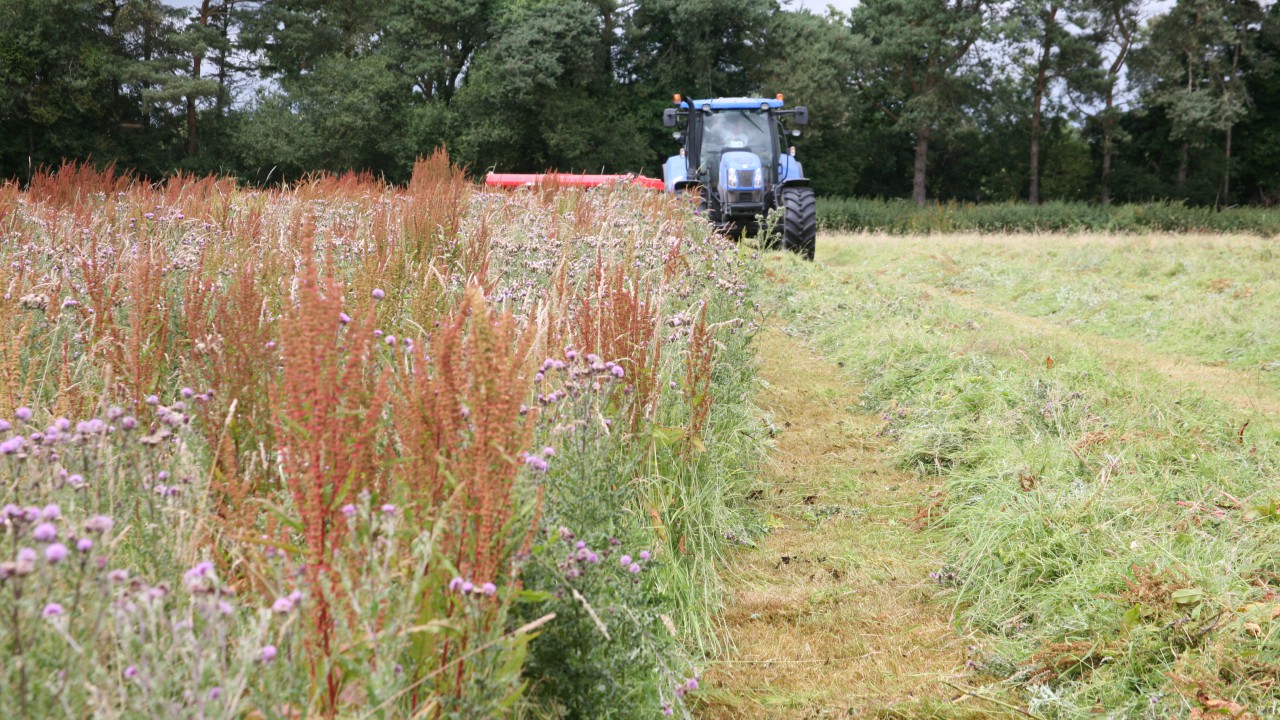However, Rothamsted Research is confirming that the weed is now starting to take hold in England and Wales.
Predominantly a threat in no-till winter cereals and grasses, where it can rapidly form dense carpets and compete with the crop, it can also be found in orchards and vineyards.Economic damage from rat's-tail fescue
If rat’s-tail fescue does take hold, it can cause significant economic damage.In Australia, where the weed has been present in fields for more than 50 years, it has wreaked million of dollars worth of losses through crop yield reduction and contamination of forage and wool.
Project lead, Dr. Lucie Buchi said rat’s-tail fescue is a relatively new grass weed in cropping systems in Europe, but is of increasing concern. “In the UK, it is present in natural habitats, but its distribution in arable fields is yet unknown. “For this reason, we are launching a UK-wide survey to better understand the current knowledge and distribution of this species in the UK, and its association with cropping practices.“It’s really important we get on top of this before it becomes another blackgrass.”
Survey of farmers
As part of the survey, farmers will be asked to answer questions about their location, soil type and general agronomy that they practice, to see if there is any correlation between these factors and the distribution or abundance of rat’s-tail fescue.This will help researchers identify areas of the country or agronomic practices that may be at higher risk of this species becoming a problem.
Dr. Buchi from the National Resources Institute, University of Greenwich, along with Laura Cook and Richard Hull from Rothamsted, are also inviting farmers and agronomists to send them rat’s-tail fescue seeds so they can start to study the weed in preparation for its likely spread across the UK. Hull explained:“We would like farmers that have rat's-tail fescue on their land to send us a mature seed sample and we can provide them with instructions for obtaining as good a seed sample as possible.“We plan to run a series of experiments looking at how rat’s-tail fescue may adapt to future climates and to study the differences in the life cycle of wild and natural populations compared to seed collected from farmers’ fields," he concluded.

